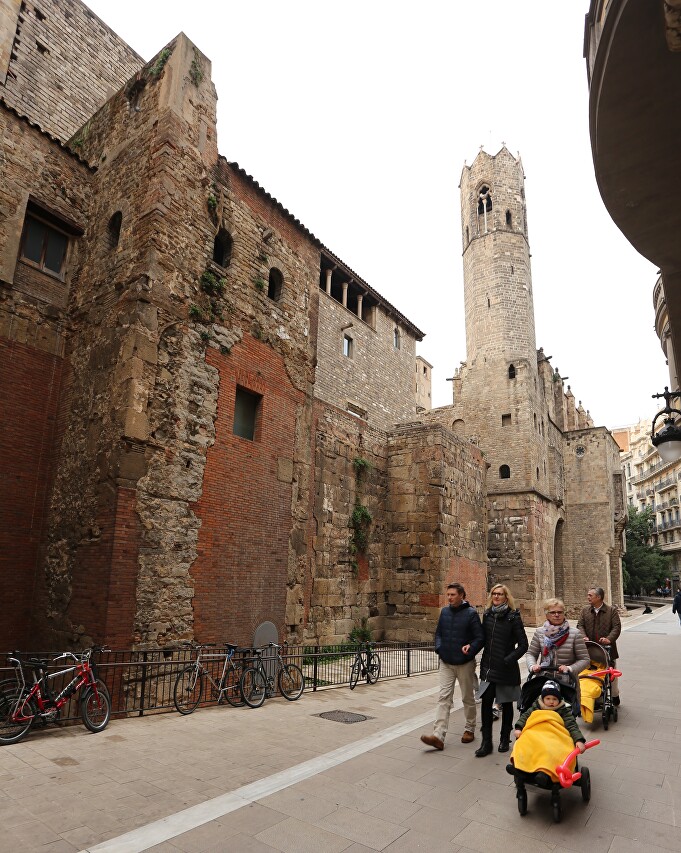Plaza del Rey
The monumental square in the Gothic Quarter is part of the palace complex, which was the residence of the counts of Barcelona and then the kings of Aragon. It was originally a palace area, originally used as a corral, but since then it has been open to market trade. The square faces the Gothic facade of the Grand Royal Palace (Palau Real Mayor), whose construction began in the 11th century, but now we can see the result of the reconstruction of the 13th century. Inside the palace, you can visit the Great Hall (Saló del Tinell) with semicircular arched arches.
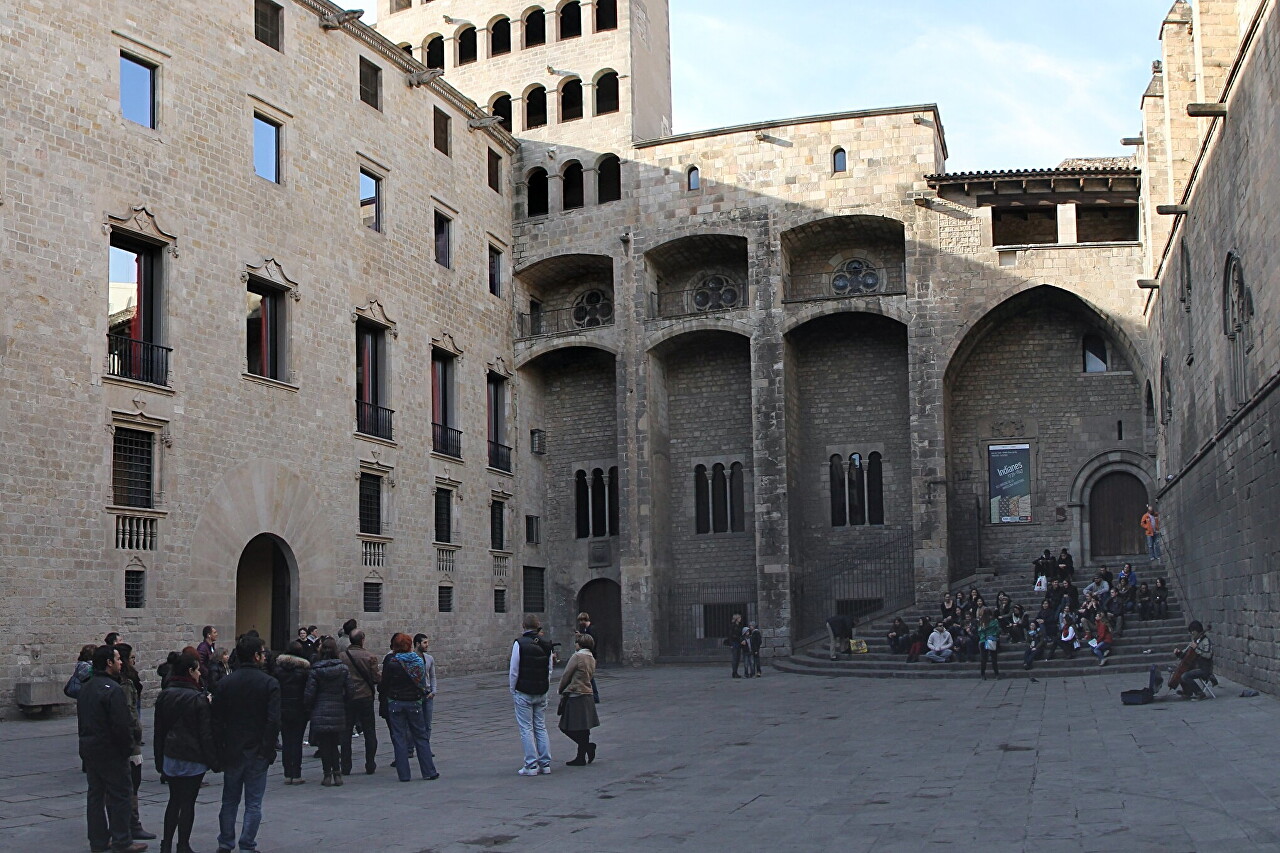
The left side of the square is formed by the Viceroy's Palace (Palau del Lloctinent, literally "Lieutenant's Palace"), built in 1549-1557 in the late Gothic style with Renaissance elements.
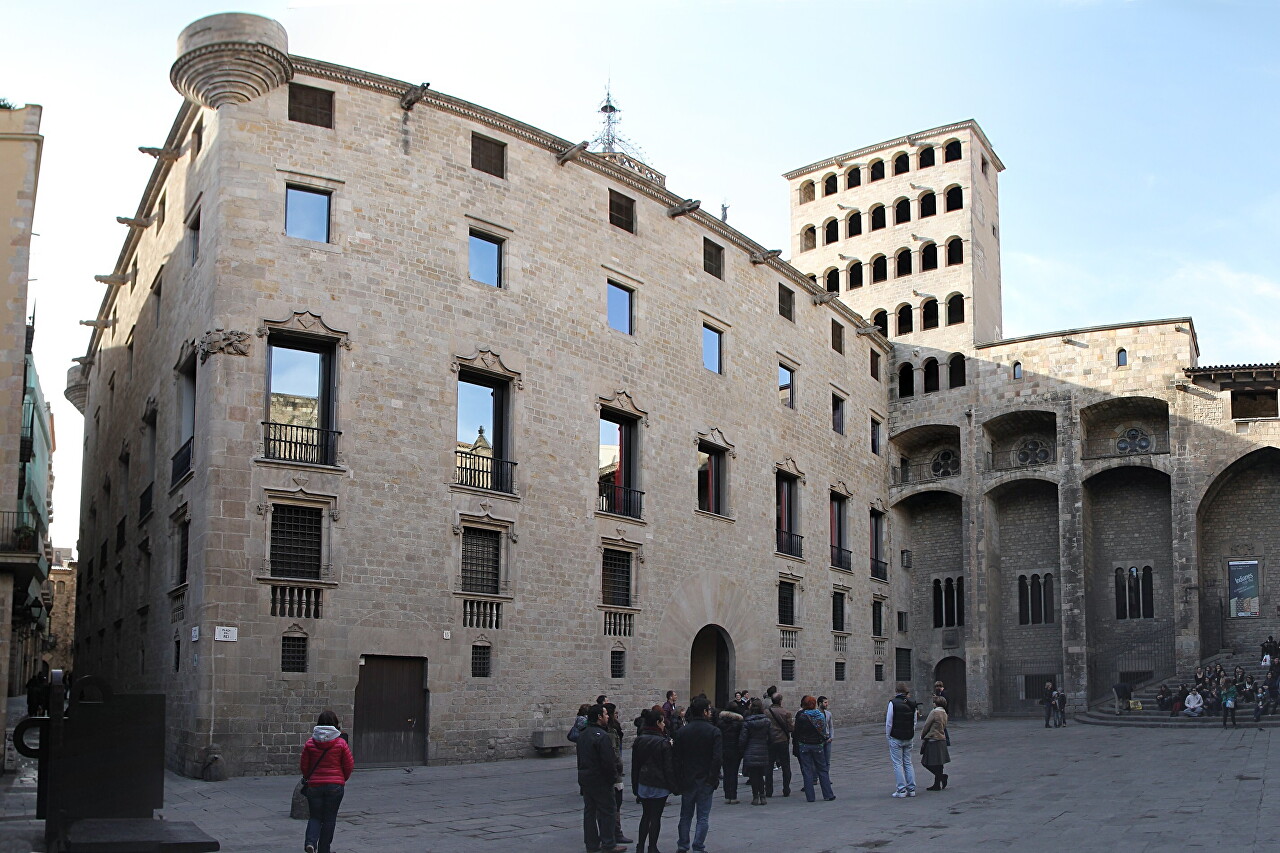
The viceroy (Lieutenant) was the official representative of the King of Aragon's representative in Catalonia, but not one of them ever lived here, preferring to build separate residences for himself. For a long time, the building was occupied by the Inquisition, then the palace chancellery.
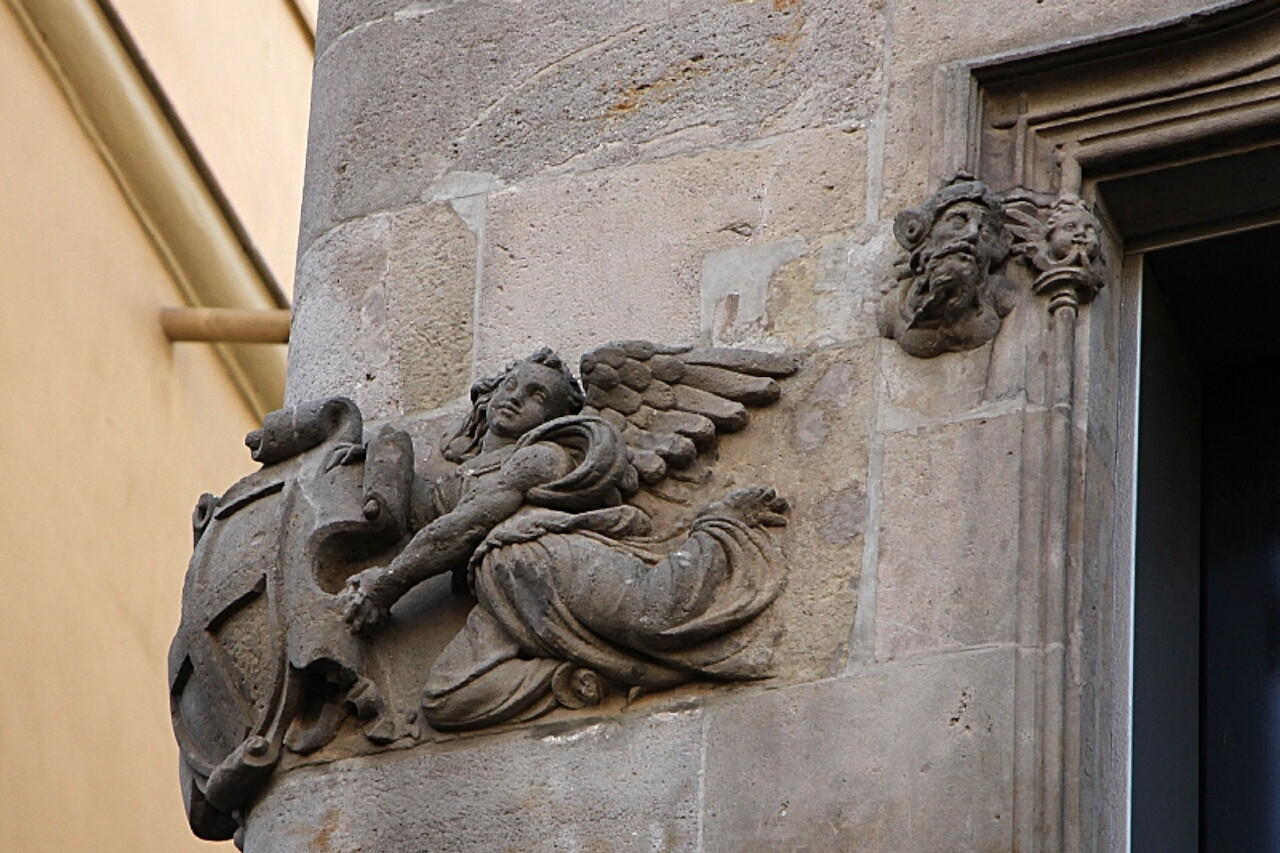
The entrance to the palace leads through a courtyard with galleries. The first floor is formed by stone vaults, the second by Tuscan arches.
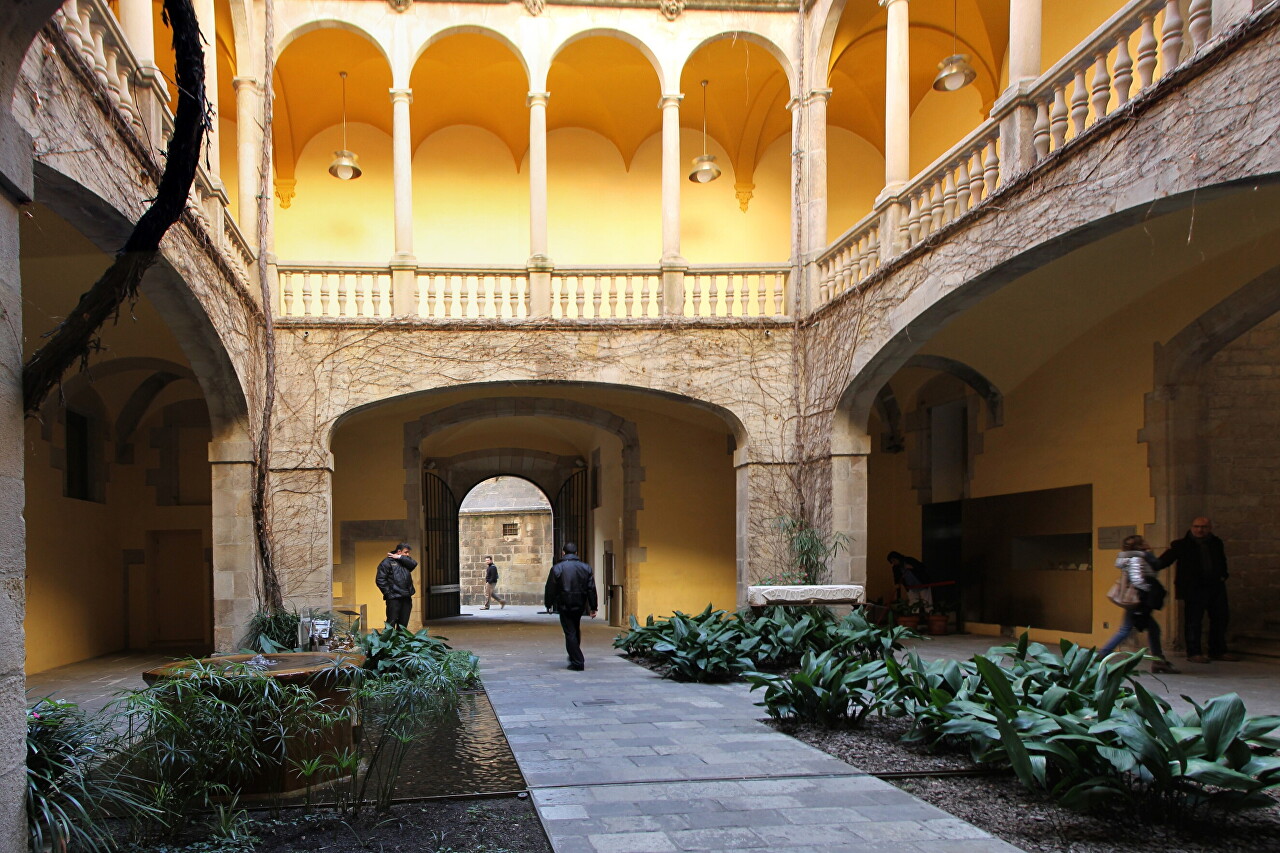
Above the main staircase, you can see an amazing carved ceiling made in 1553.
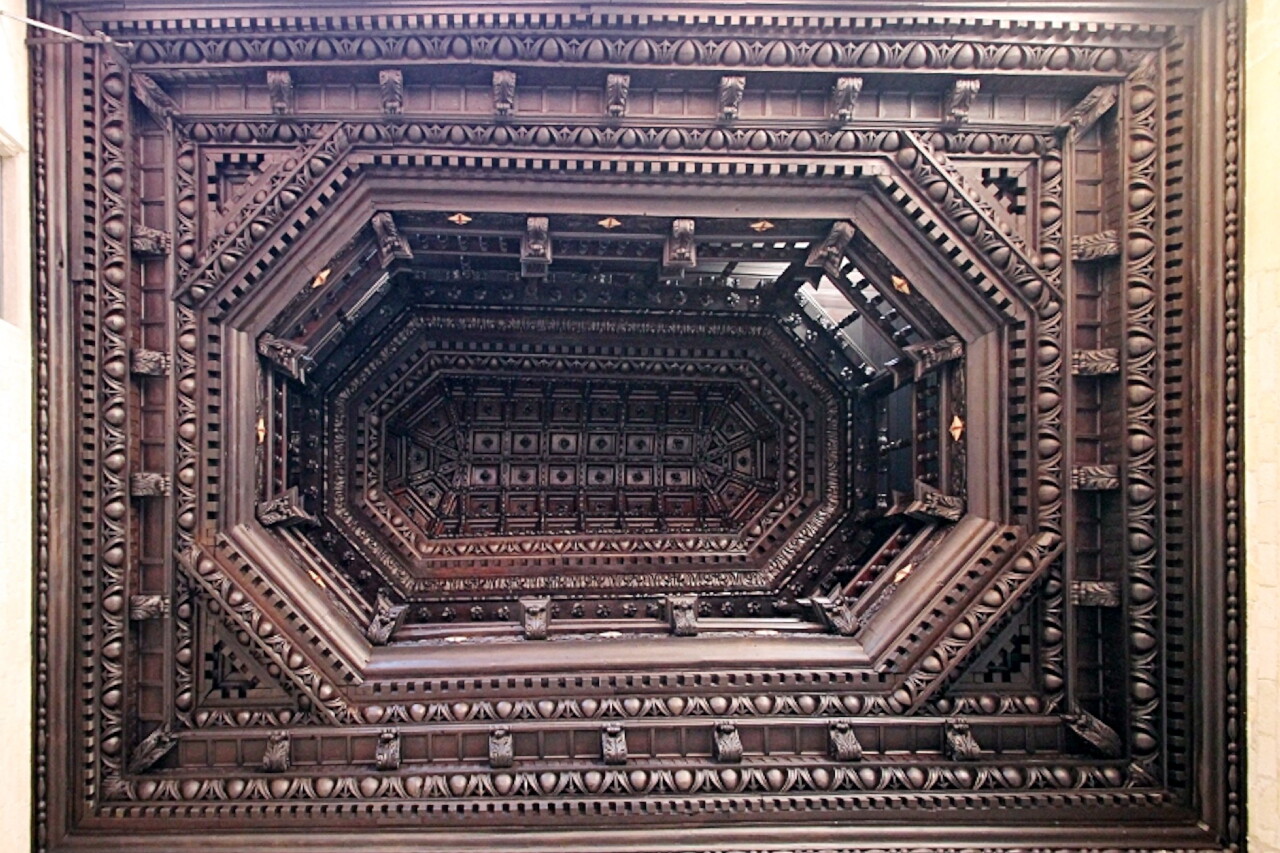
The right side of the square is formed by the wall of the royal Church (Capella de Santa Agata), built in 1302. The high belfry was built in the 15th century and served as a watchtower, so it is often called Mirador del Rey Marti, although its official name is Torre Mirador del Rei Martí (Big Tower of King Marti).
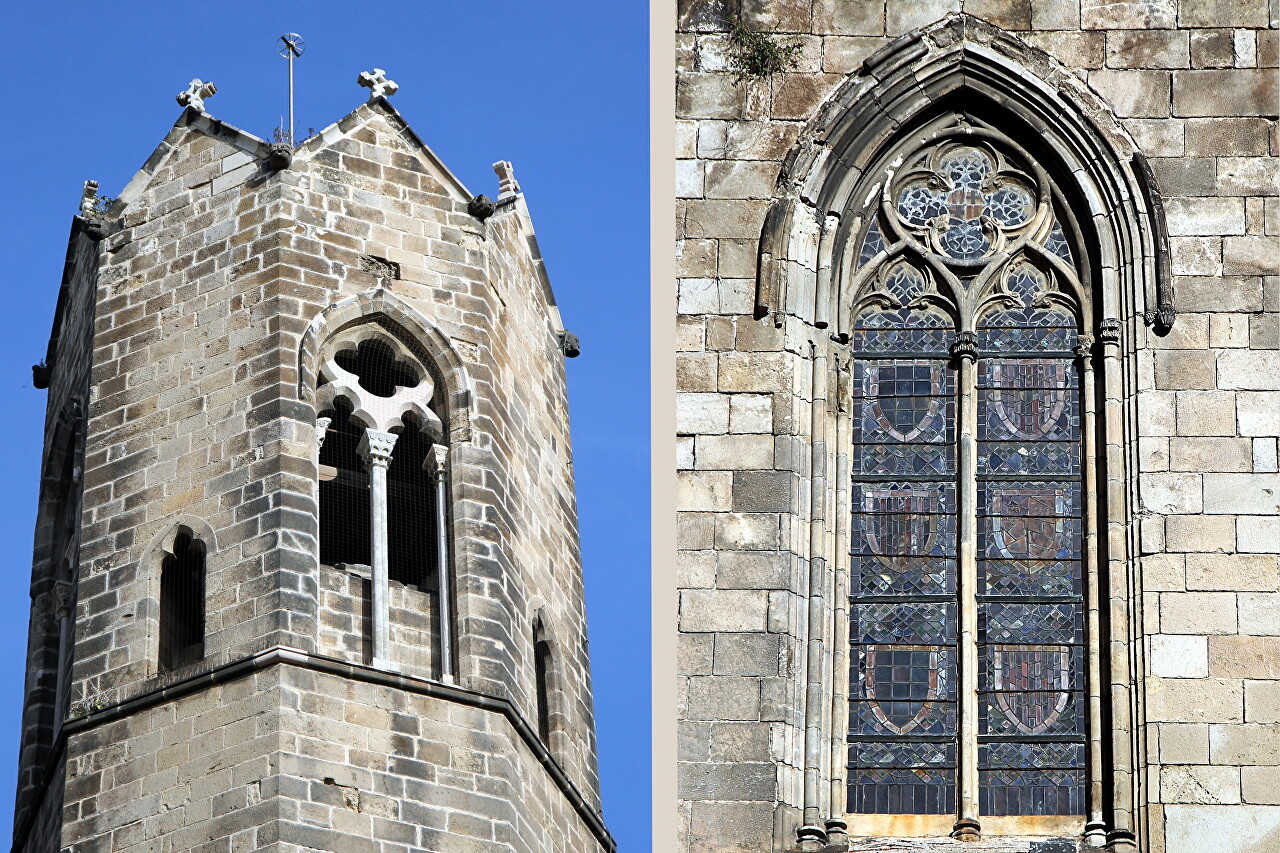
From the east, the ensemble of the square is closed by the Casa_Padellàs Palace, built in 1515 on Mercades Street. During the construction of Via Layetana in 1931, the building was dismantled and moved to Plaza del Rey. It now houses the Barcelona History Museum.
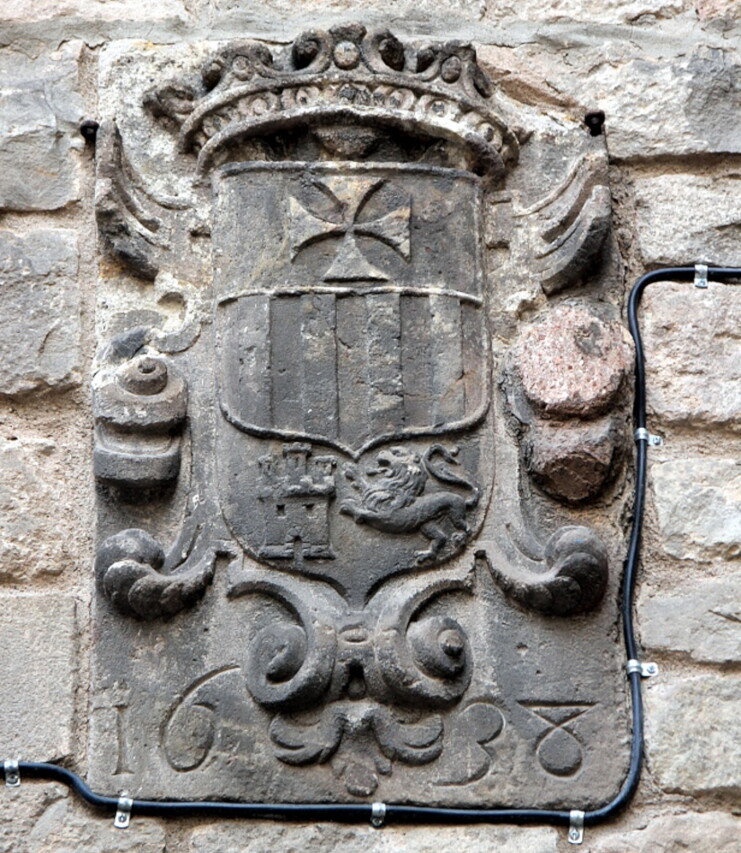
Near the wall of the museum you can see the sculpture Topos V, given to the city by Basque artist Eduardo Chillida.
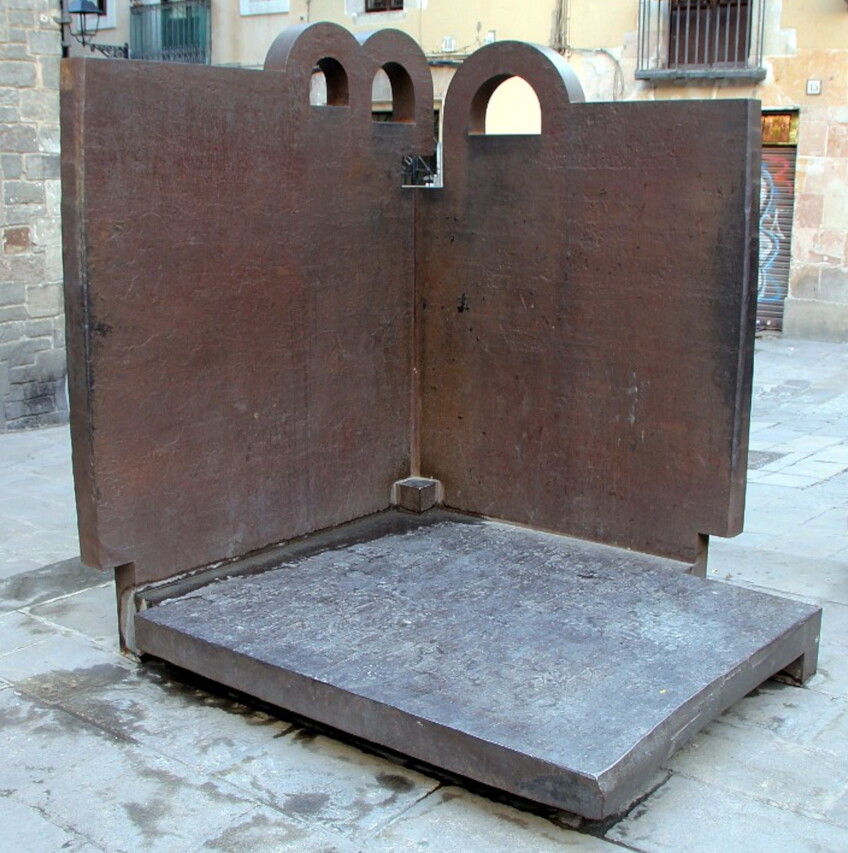
Opposite the entrance to the Museum is a gift shop with beautifully carved wooden display cases.
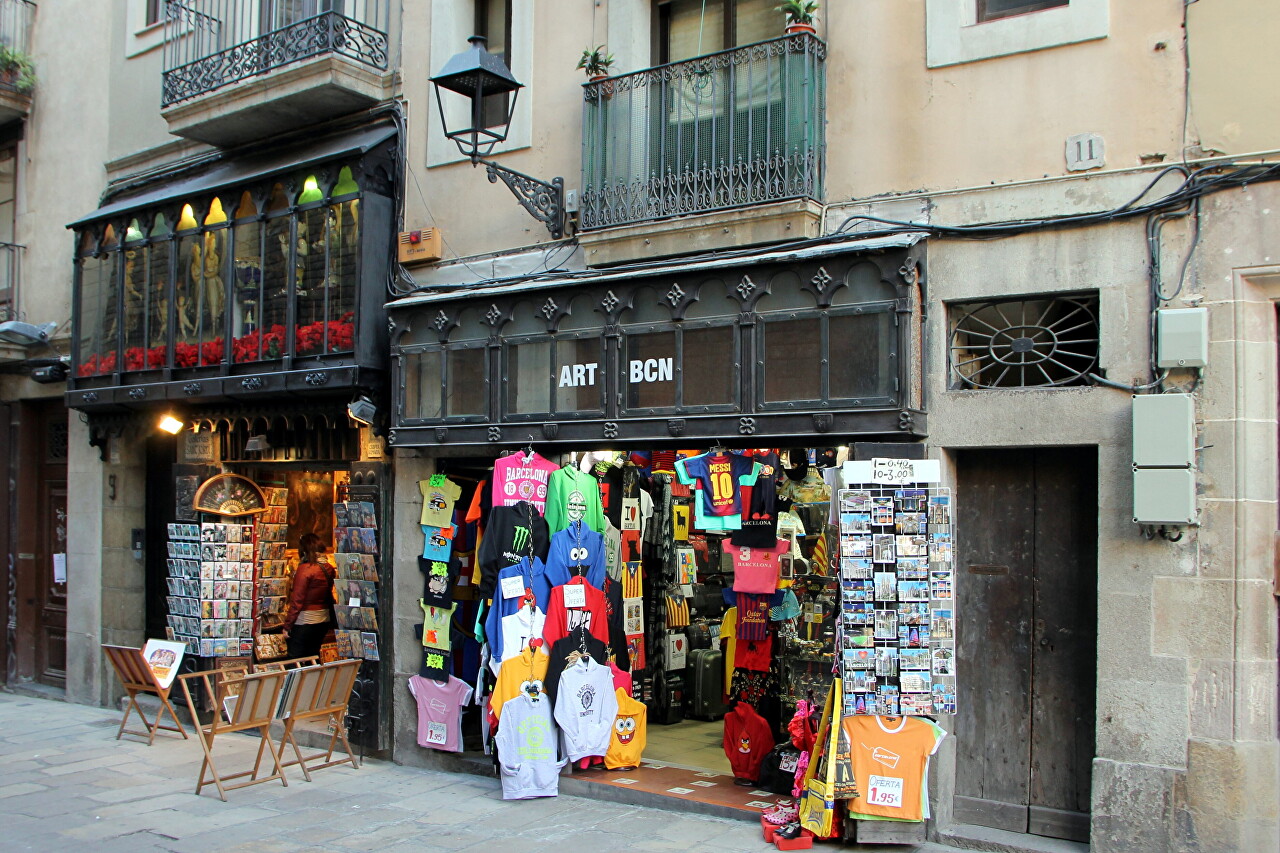
..
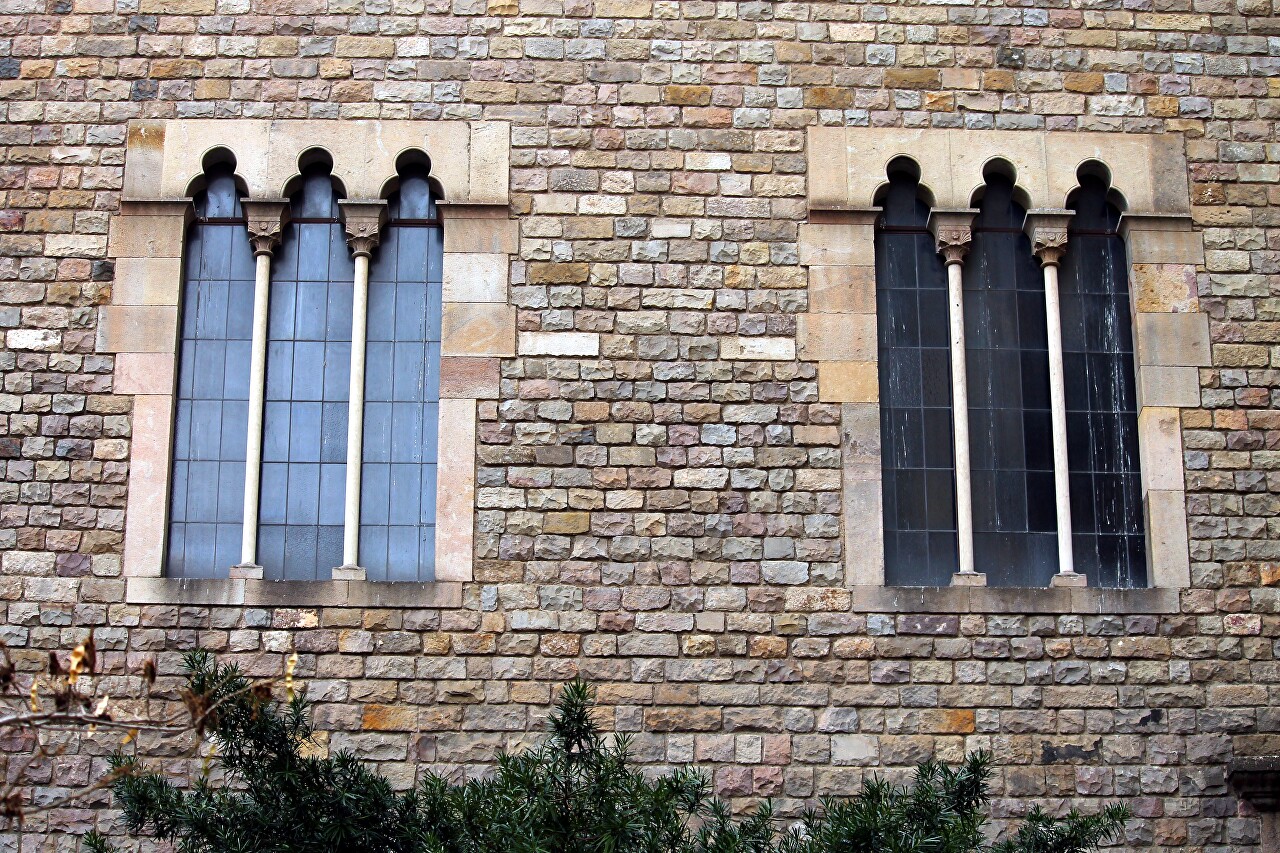
..
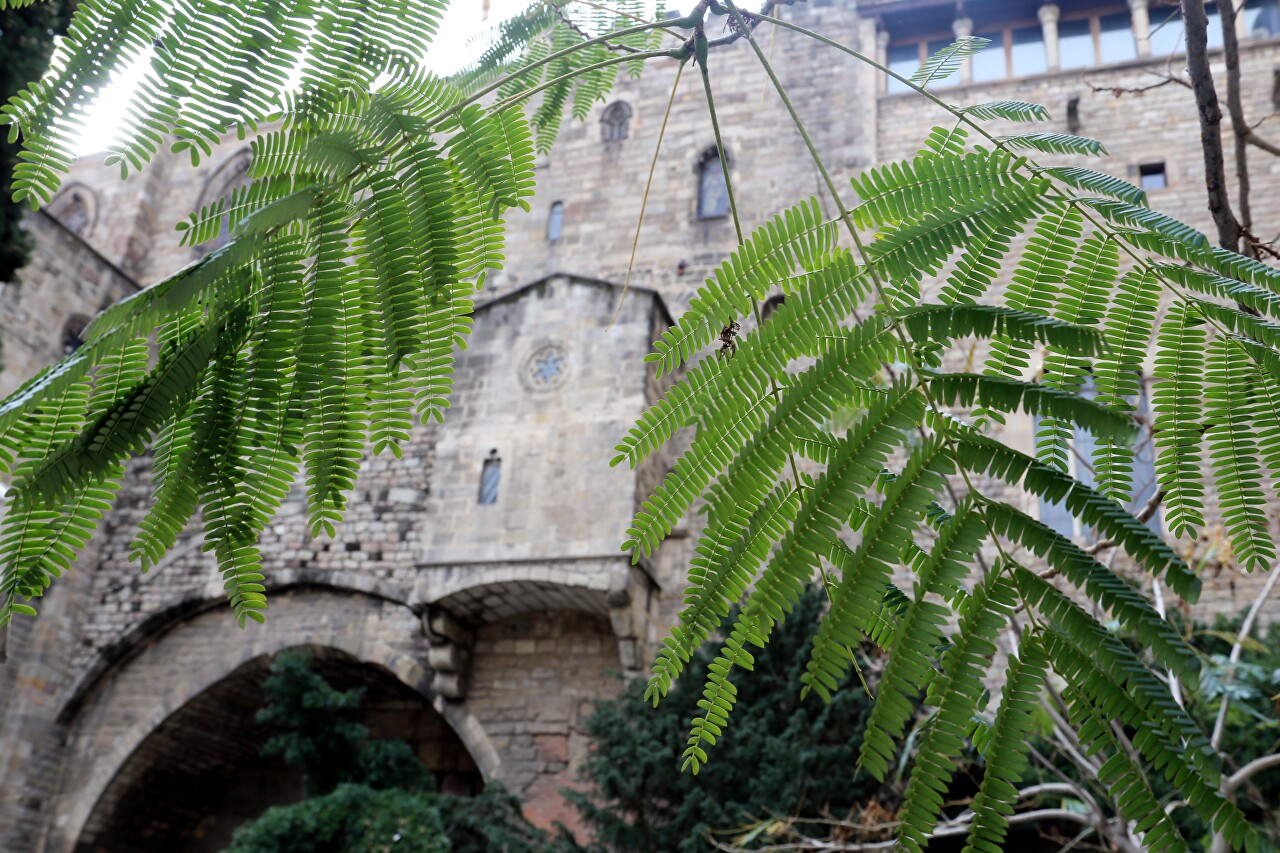
..

..
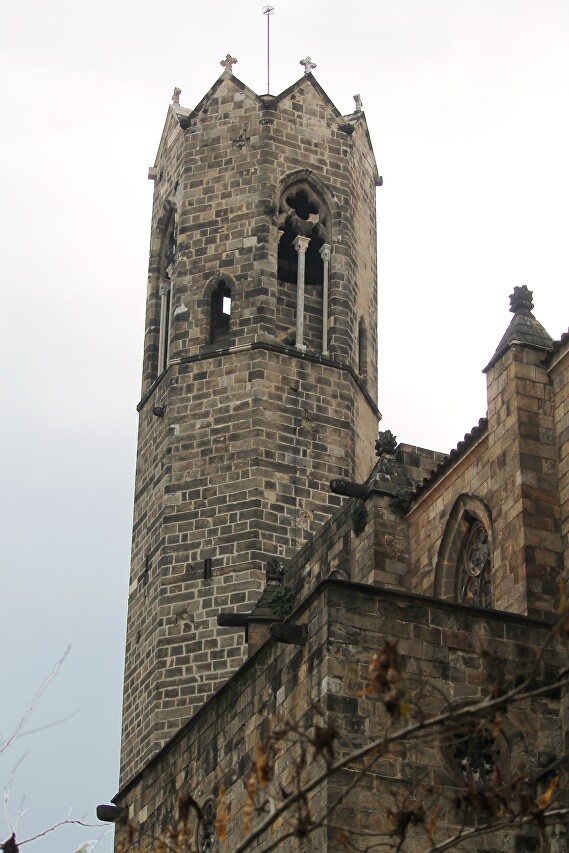
..
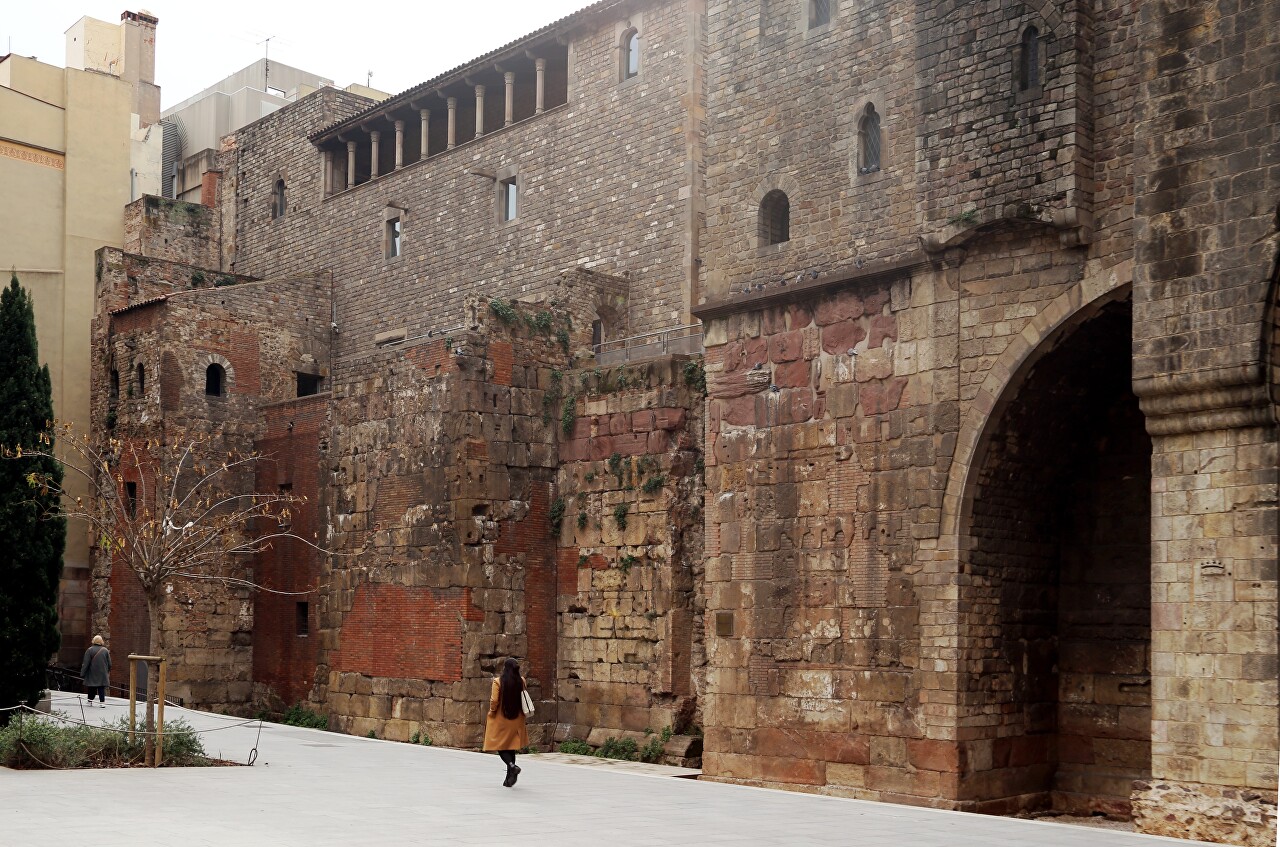
..
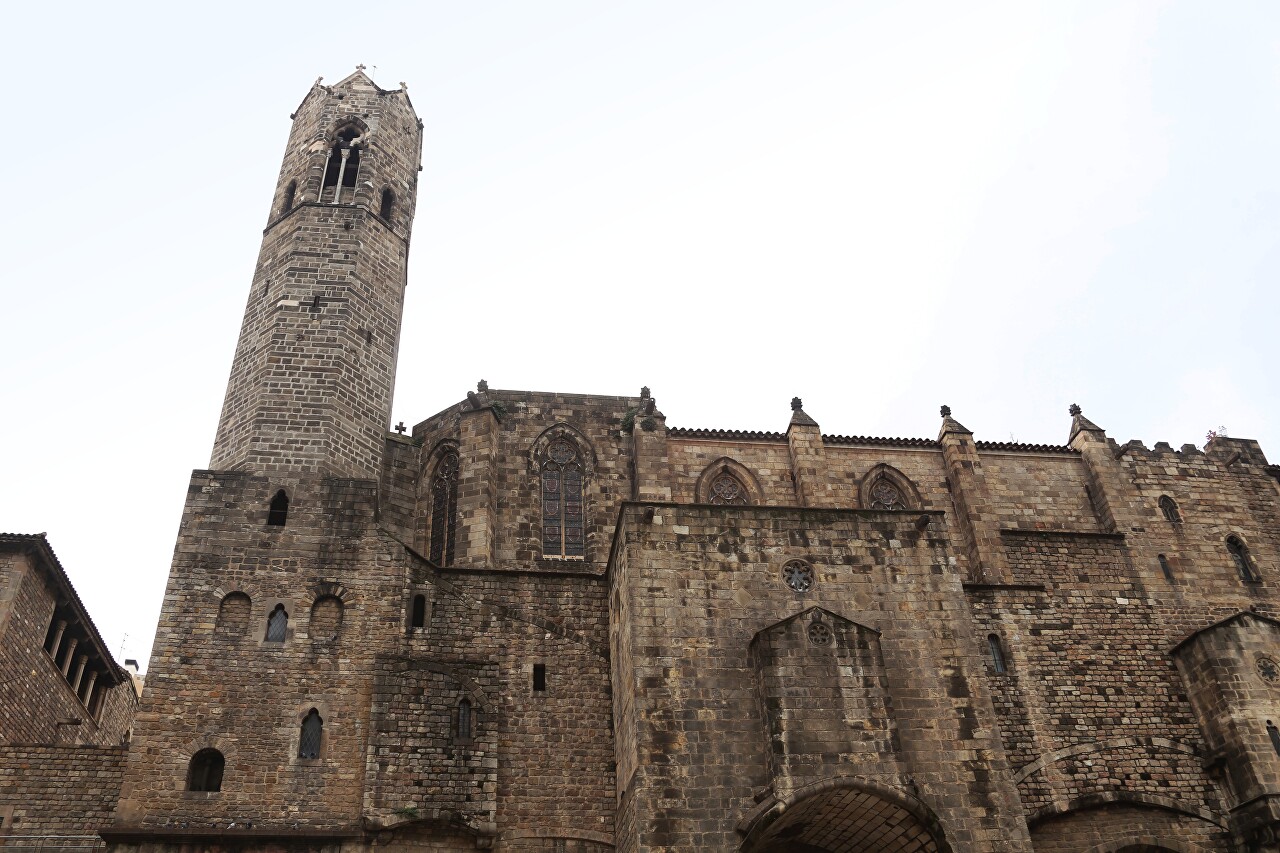
..
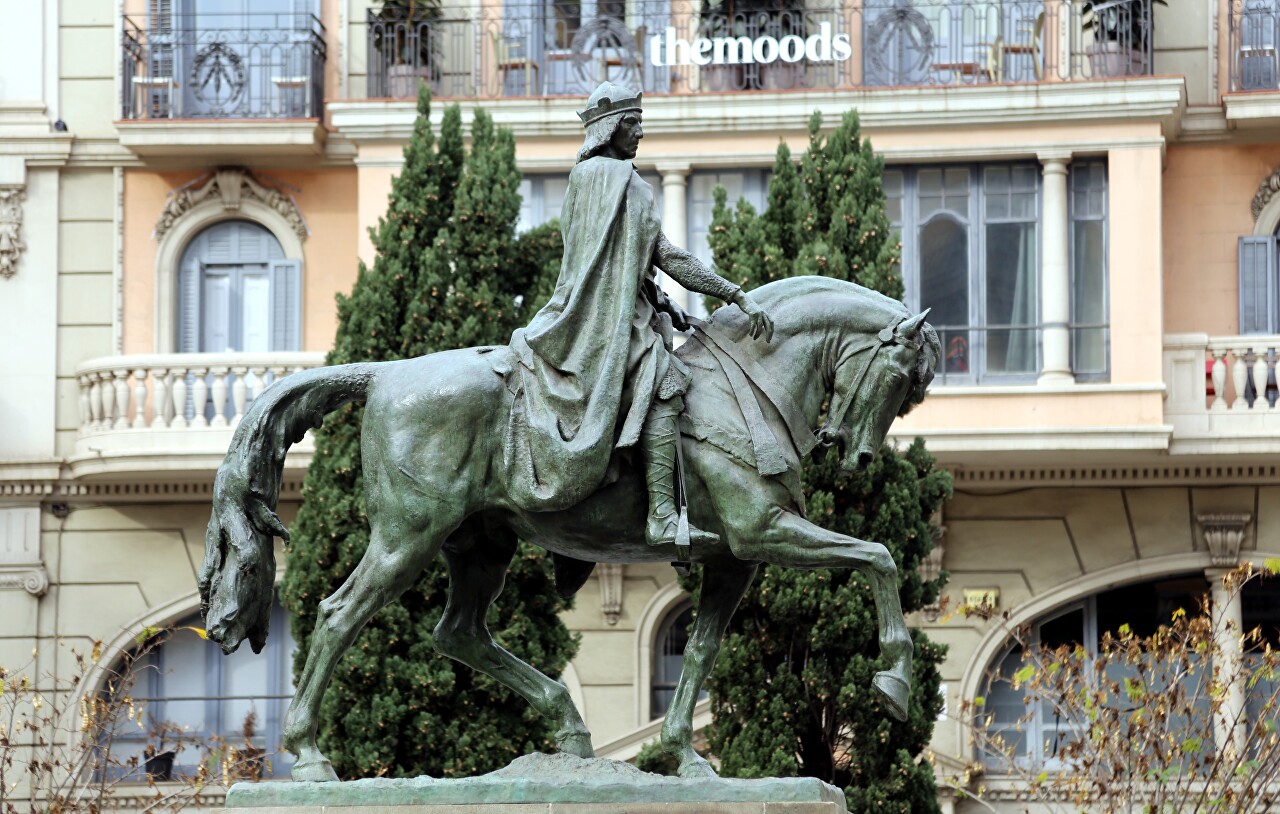
..
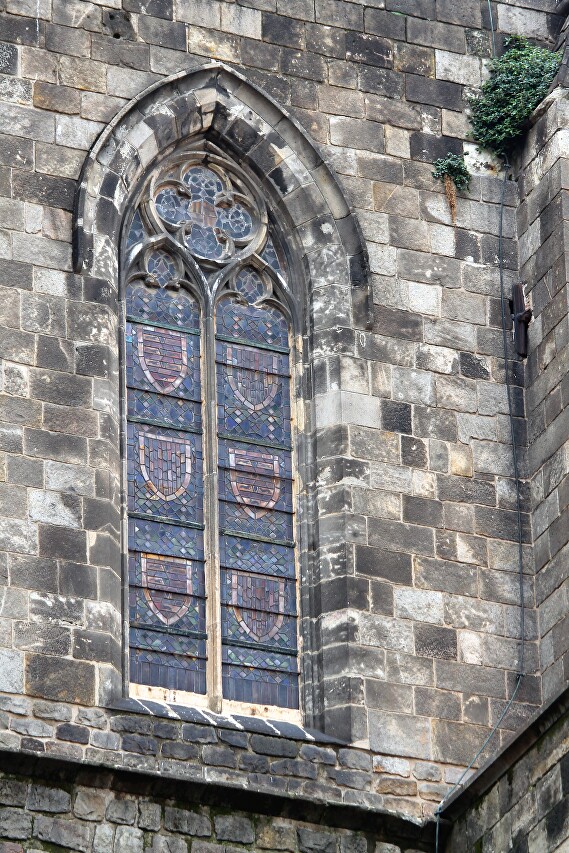
..
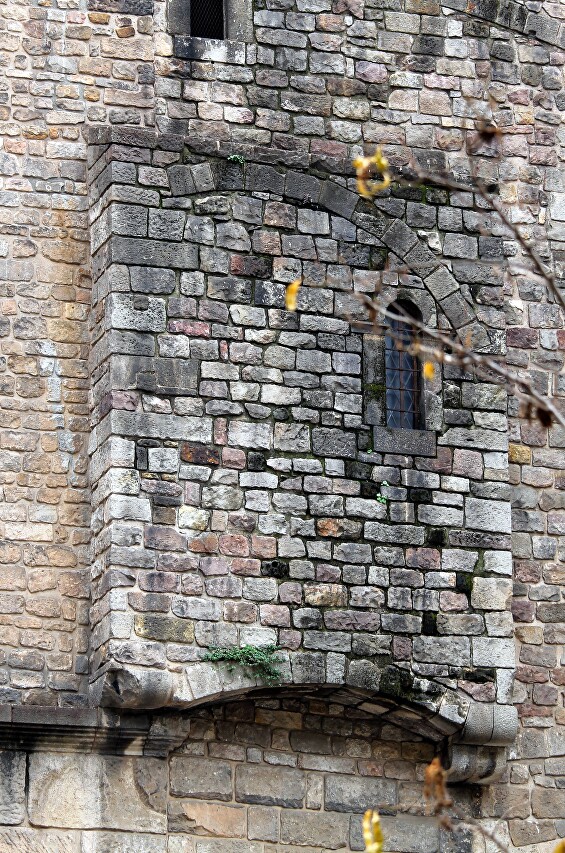
..
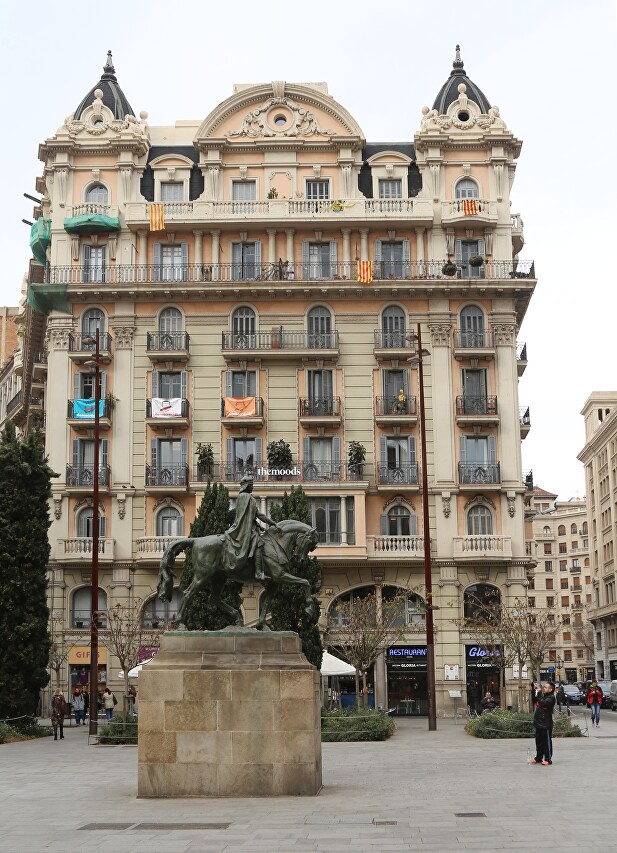
..
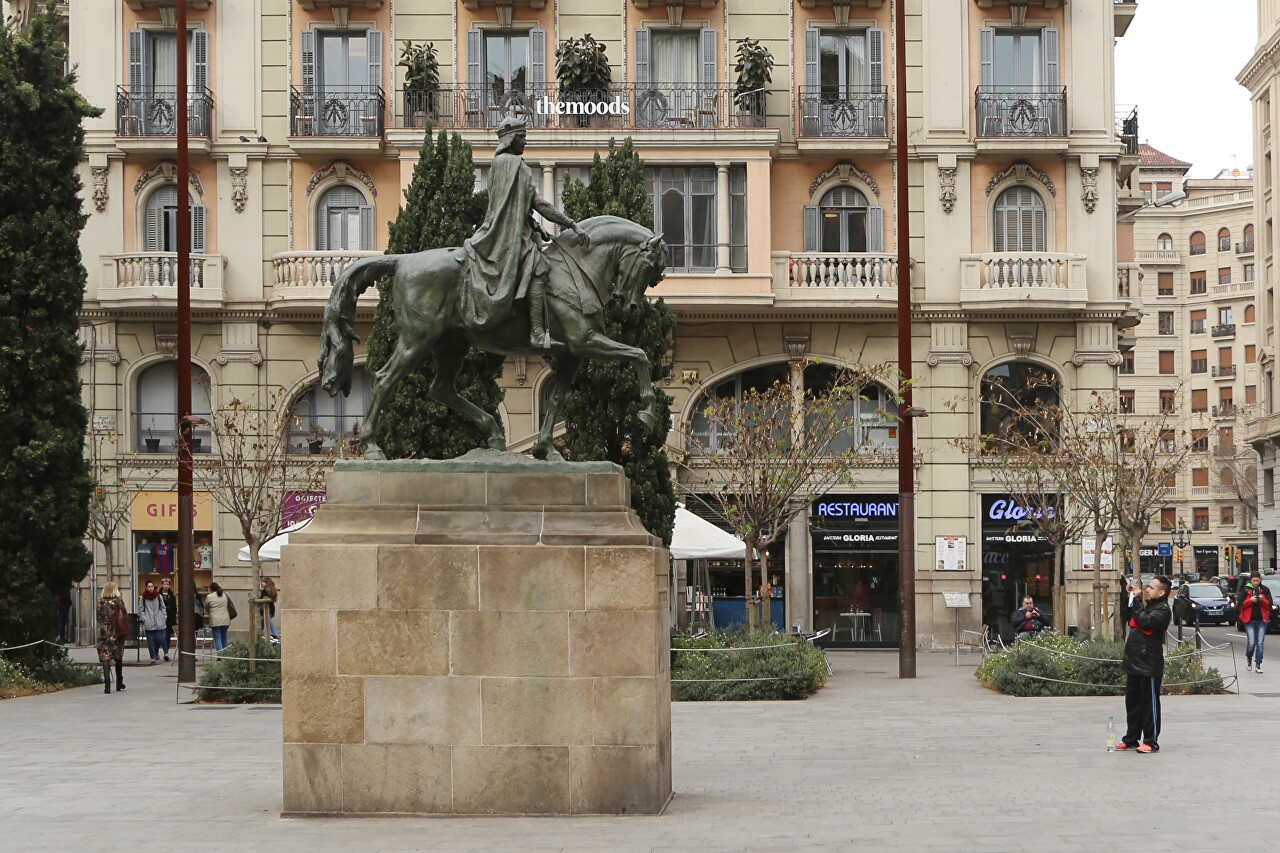
..
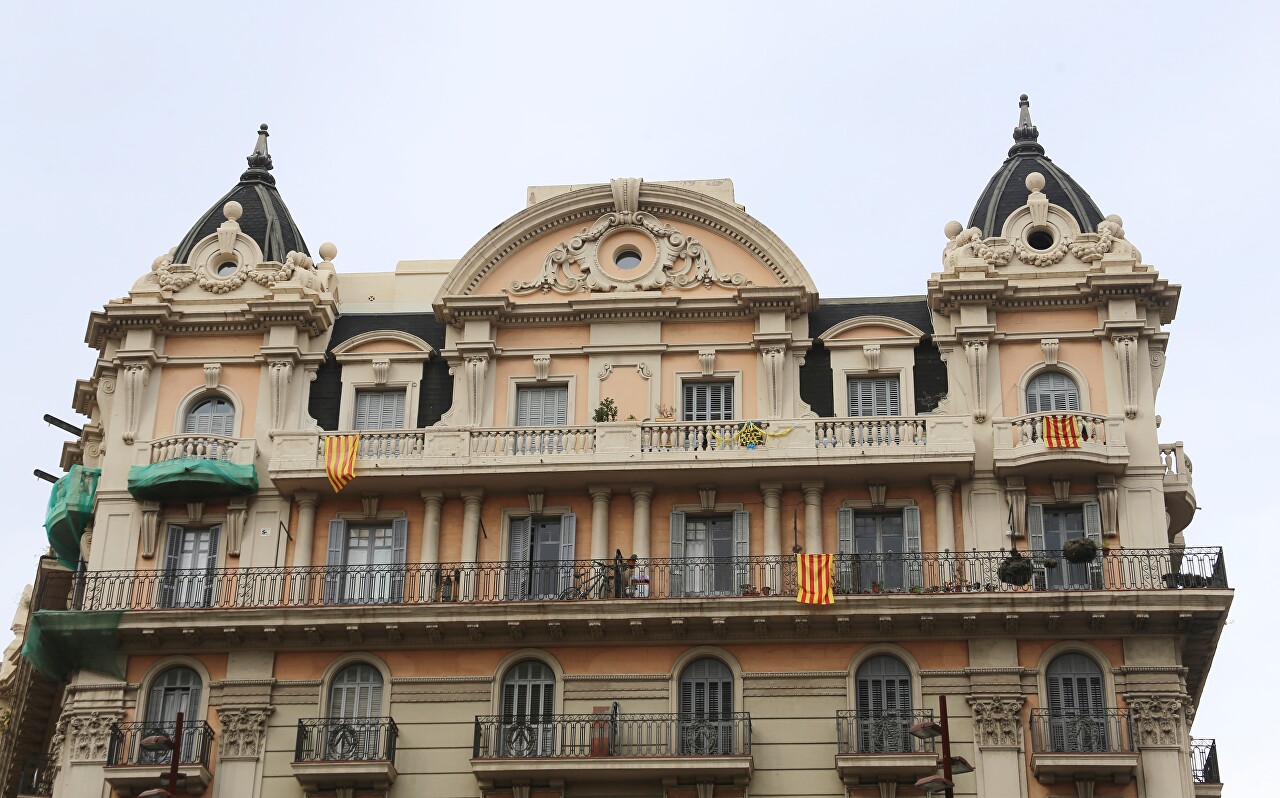
..
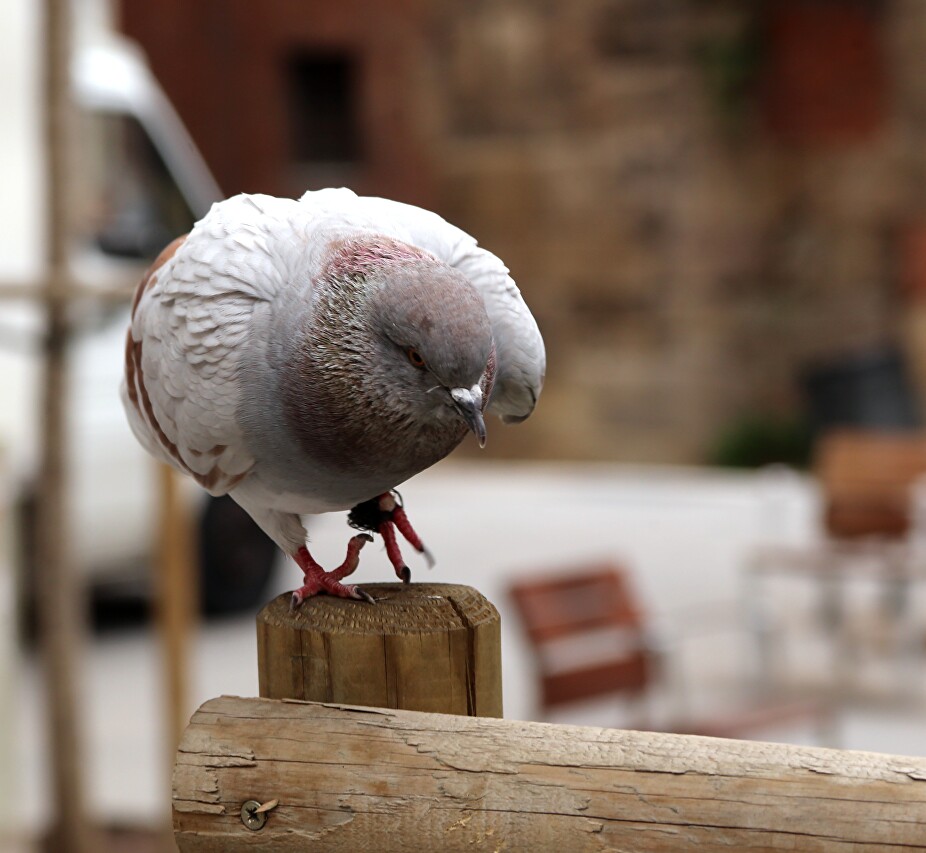
..
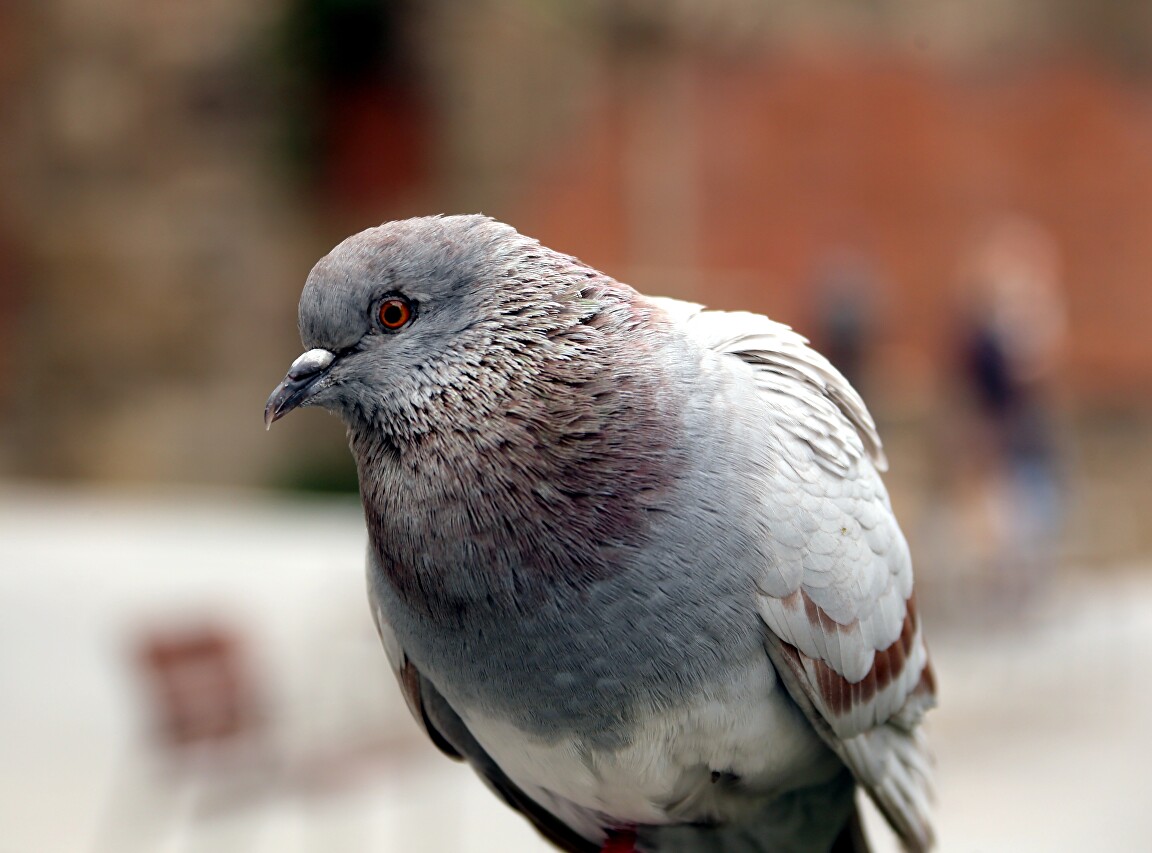
..
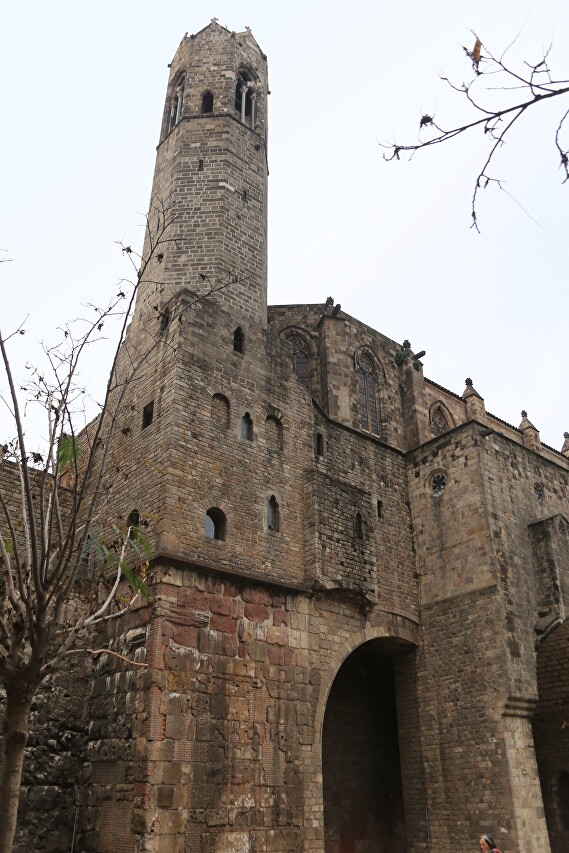
..
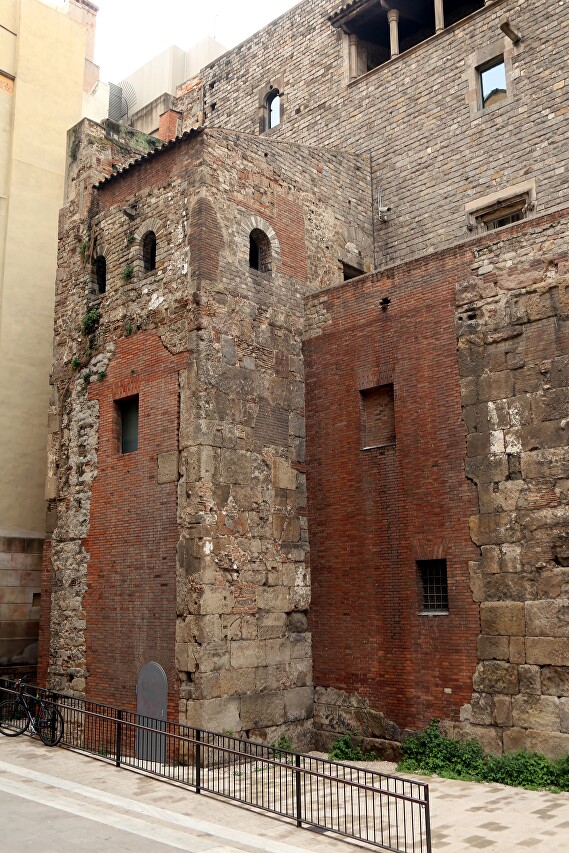
..
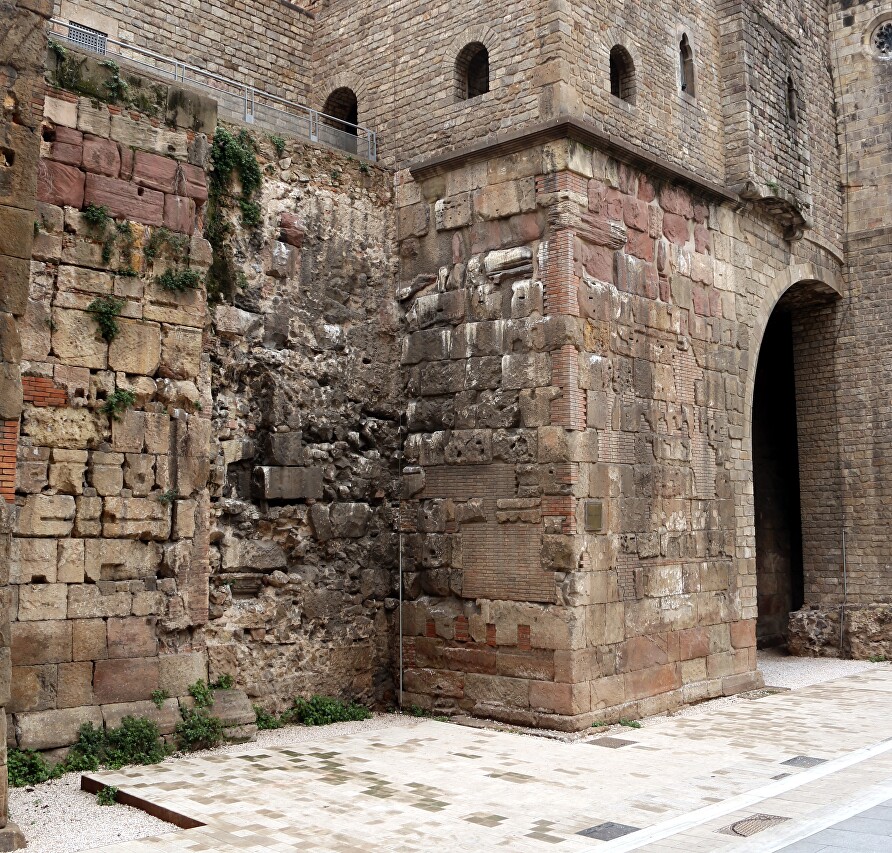
..
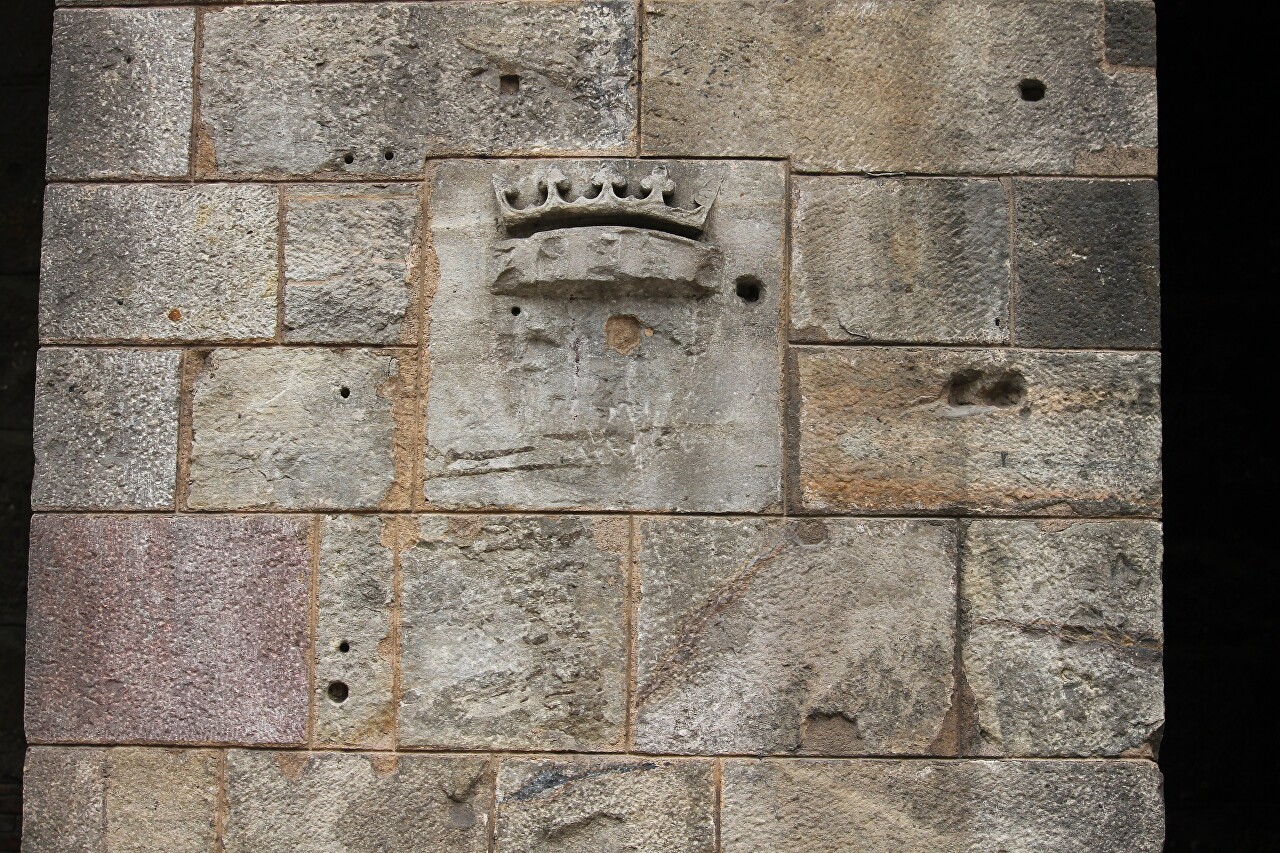
..
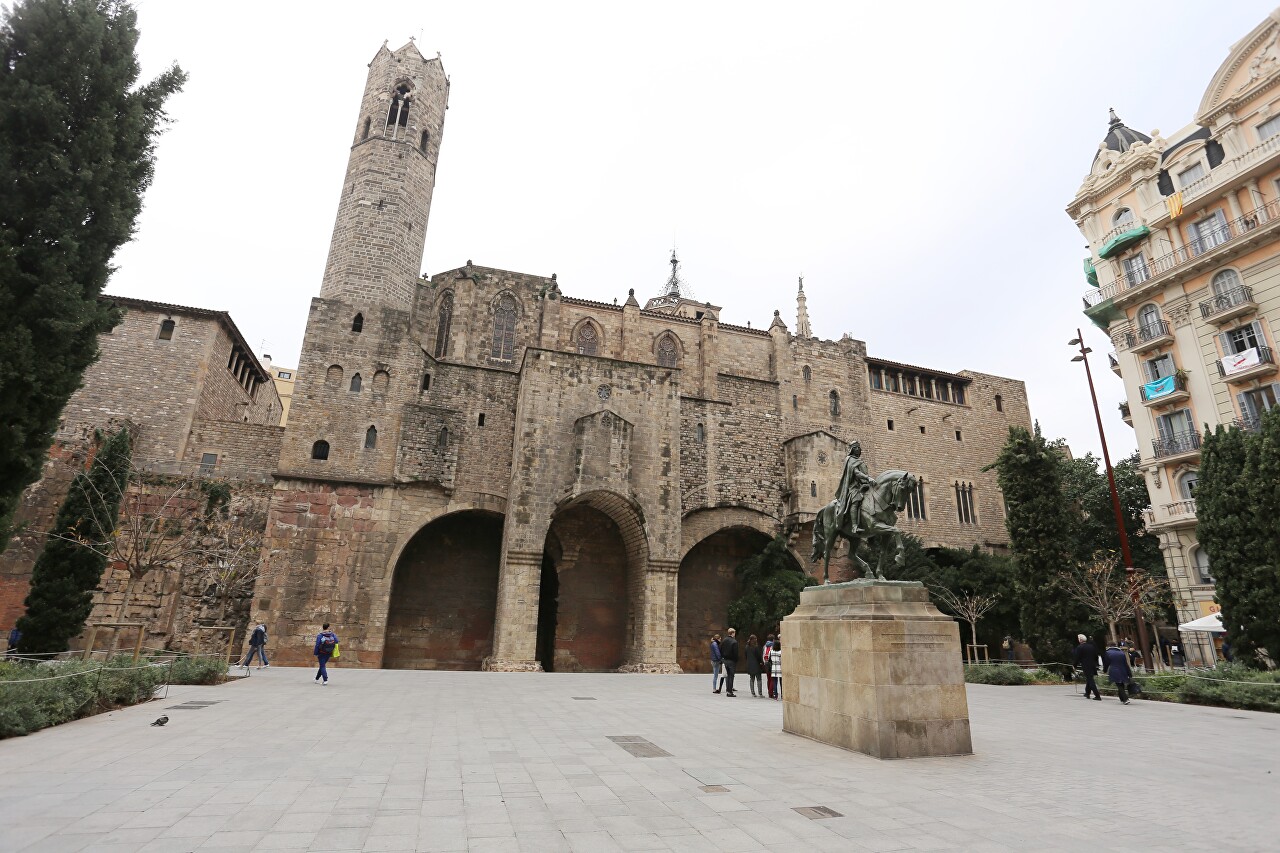
..
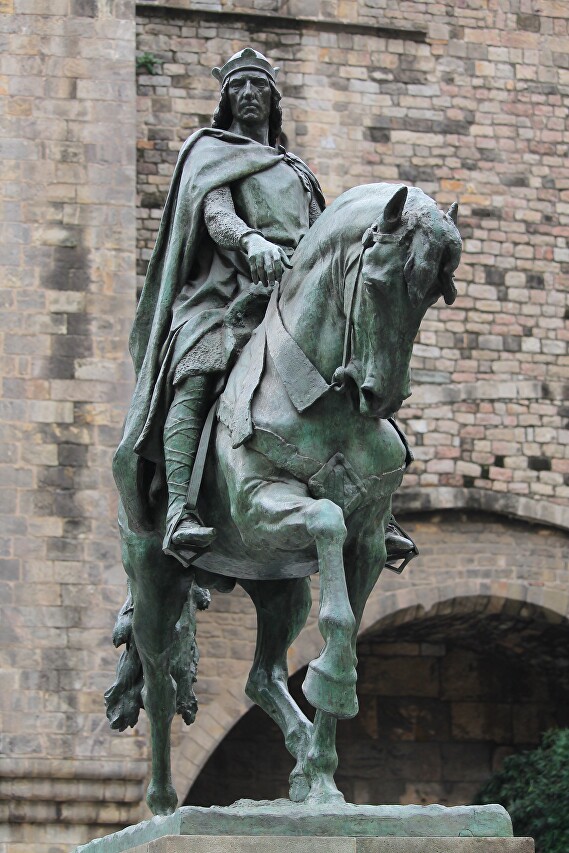
..
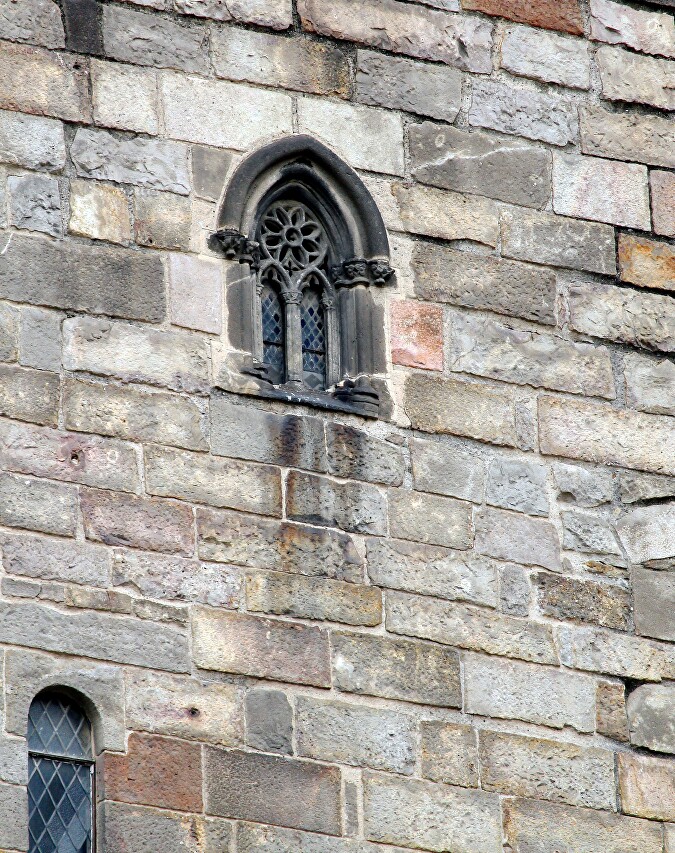
..
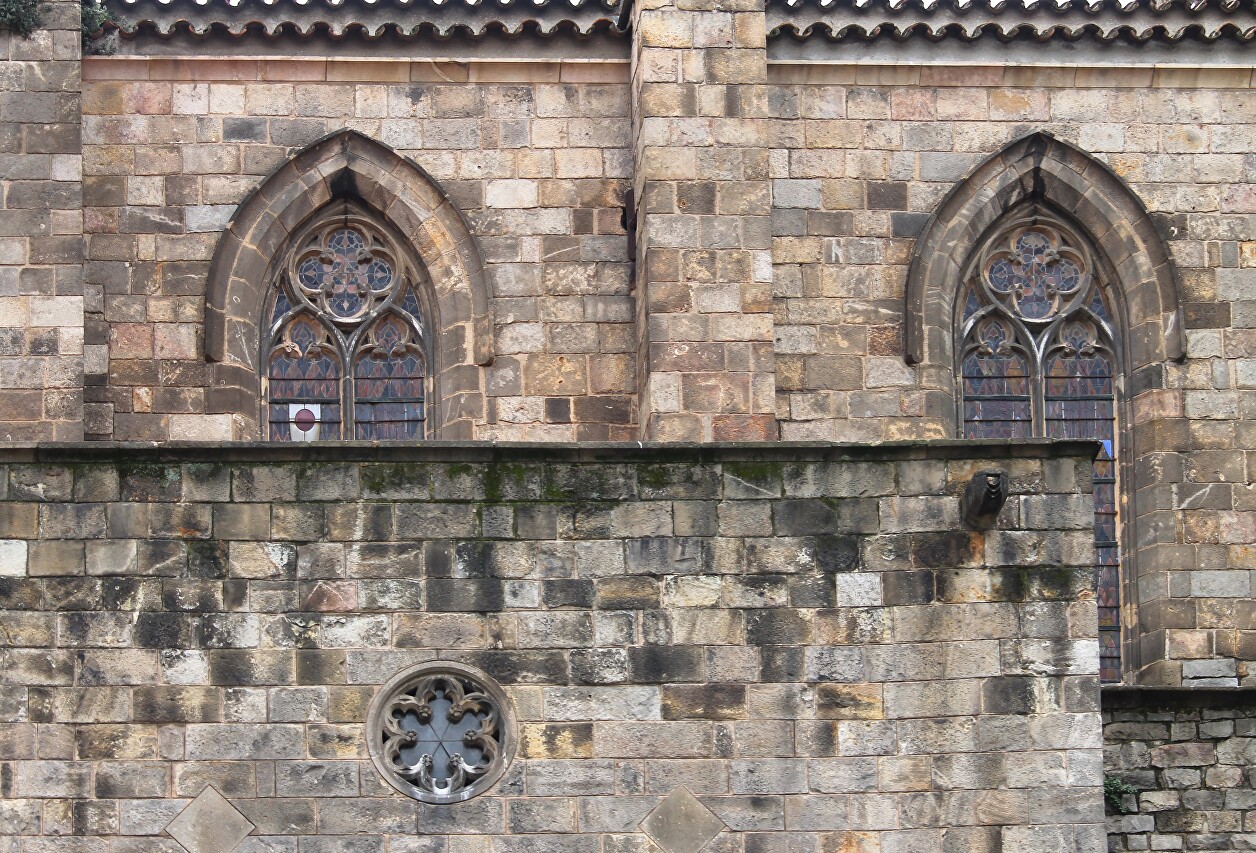
..
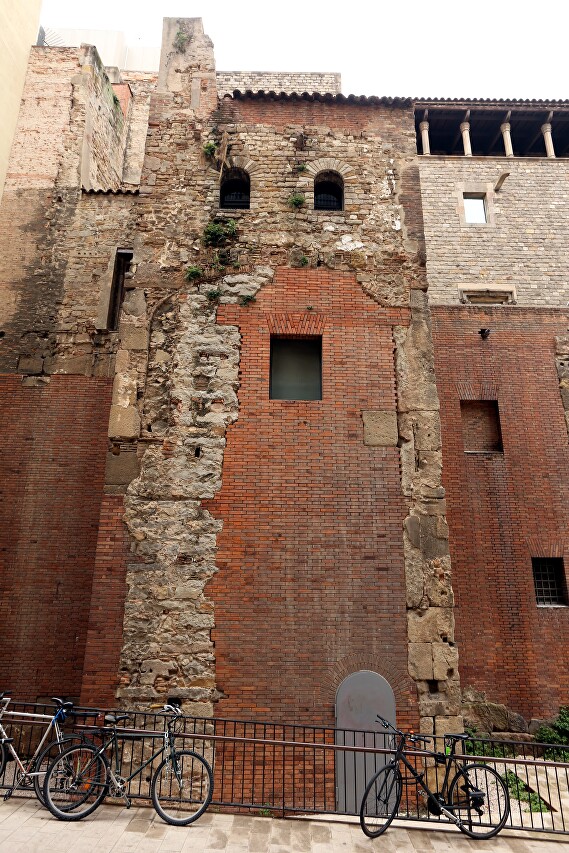
..
